Japanese Emperor - 天皇 (てんのう)
Japanese Empress - 皇后 (こうごう)
Japanese Crown Prince - 皇太子 (こうたいし)
Japanese Prince/Princess - 親王 (しんのう)
Japanese Prime Minister - 内閣総理大臣 (ないかくそうりだいじん)
King - 国王 (こくおう)・王様 (おうさま)
Queen - 女王 (じょおう)・王后 (おうこう)
Prince - 王子・皇子 (おうじ)
Princess - 王女・皇女 (おうじょ)・妃 (ひ)・妃殿下 (ひでんか)・姫 (ひめ)
President (State) - 大統領(だいとうりょう)
Prime Minister - 首相 (しゅしょう)
President (Co) - 社長 (しゃちょう)
President (Society) - 会長 (かいちょう)
Head of Department - 部長 (ぶちょう)
Office Worker - 会社員 (かいしゃいん)
Shop Manager - 店長 (てんちょう)
Shopkeeper/Shop Attendant - 店員(てんいん)
Doctor - 医者 (いしゃ)
Nurse - 看護士 (かんごし)・看護婦 (かんごふ)
- 看護婦 is used for female nurse only.
Singer - 歌手 (かしゅ)
Actor - 役者 (やくしゃ)・芸人 (げいにん)・女優 (じょゆう)・男優 (だんゆう)
- 女優 is used for actress only while 男優 is used for male actor only
Writer - 作家 (さっか)
Manga Writer - 漫画家 (まんがか)
Designer - デザイナー (でざいなー)
Lifeguard - 監視員 (かんしいん)
Farmer - 農家 (のうか)
Gardener - 庭師 (にわし)・園丁(えんてい)
Maid - メイド (めいど)
Butler - 執事 (シツジ)
Housewife - 主婦 (しゅふ)
Teacher - 教師 (きょうし)
Student - 学生 (がくせい)
PS : Sensei - 先生(せんせい) are used to address people that is considered skilled in a particular field as a form of respect. For example, doctors and politicians are also addressed as Sensei as a form of respect so don't get confused when a doctor is called Sensei instead!
Welcome to my mini Japanese revision corner. ミニの日本語を復習する角へよこそ!
Tuesday, June 26, 2012
Thursday, June 21, 2012
When visiting a Japanese Shrine/temple...
When one visits a Japanese Shrine/Temple, there's a few things to keep in mind.
Temples are generally for Buddhism while Shinto Shrines enshrine Kami-sama (deities) from various elements.
- When walking up the stairs, try to avoid walking up on the main flight of staircase (Seichuu), as they are meant for the Buddha/Kami-sama's use.
- Before entering the main hall, cleanse your hands/mouth with the purification fountain nearby the entrance starting with your right hand then left hand. Do not touch the ladle with your mouth. Pour the water from the ladle onto your hand before cleansing your mouth. However, this is purely optional.
- When praying for basic respect, the procedure is call 二礼二拍手一礼:
- Bow twice
- Clap twice
- Final bow
- For coin offering to the Buddha/Kami-sama, the procedure is:
- Ring the gong (if available) so that Kami-sama can hear you.
- Toss in the coin offering into the donation box
- Bow twice
- Clap twice
- Praying your wish
- Final bow.
You may want to do the same while at a temple but do not use 2 hands!
How much value should I throw into the donation box?
Generally, the more the better. Nevertheless, Japanese believe that throwing 5yen or 5円 is the best as it means good fate in Japanese - 御縁(ごえん)
However, avoid throwing 10yen or 10円 as Japanese believes it means end of fate in Japanese - 死縁 (しえん). If you do not have 5yen and only have 10yen, throw 2pcs of 10yen instead to avoid the loss of fate.
How to differentiate a Temple and a Shrine in Japan?
1) One always enter a Shinto shrine through a Torii gate.
2) A pair of guardian dogs or lions or foxes, called shisa or komainu or kitsune , often sit on each side of the entrance to a Shinto Shrine.
3) Usually a Shinto Shrine usually have suffix of the following:
・神宮 (じんぐう)
・神社 (じんじゃ)
・神社 (じんじゃ)
・社 (やしろ)
Usually a Temple usually have suffix of the following:
・寺 (じ)
・寺 ( てら )
・寺院 ( じいん )
Example: Kiyomizu-dera @ Kyoto
Example: Fushimi Inari Shrine @ Kyoto
A typical Buddhist Temple:
1) A Buddhist temple always houses an image of the Buddha.
2) A large incense burner is usually that the front of a temple.
3) There is often a pagoda on the premises of a Buddhist temple.
1) A Buddhist temple always houses an image of the Buddha.
2) A large incense burner is usually that the front of a temple.
3) There is often a pagoda on the premises of a Buddhist temple.
Usually a Temple usually have suffix of the following:
・寺 ( てら )
・寺院 ( じいん )
Example: Kiyomizu-dera @ Kyoto
It is interesting to note that some of the temples and shrines co-exist side by side. Kiyomizu-dera is a fine example, by itself, house a lot of smaller Shinto Shrines within its temple grounds.
Updates!
Hi Folks,
I had posted up quite a few vocab list and along with a documentary for Samurai swords and "How to eat cold soba".
Hope everyone enjoy the stuff that me and my cousin (who helps me in editing out my stuff) are putting up.
Btw, I also add quite a few links under Otaku's favourite and a link : 絵本ナビ Ehon Navi under More Japanese Learning Link. Strongly recommend folks with good hiragana and basic kanji to try out this Ehonnavi as this is a website in 100% Japanese for picture books.
More post coming soon!
I had posted up quite a few vocab list and along with a documentary for Samurai swords and "How to eat cold soba".
Hope everyone enjoy the stuff that me and my cousin (who helps me in editing out my stuff) are putting up.
Btw, I also add quite a few links under Otaku's favourite and a link : 絵本ナビ Ehon Navi under More Japanese Learning Link. Strongly recommend folks with good hiragana and basic kanji to try out this Ehonnavi as this is a website in 100% Japanese for picture books.
More post coming soon!
Wednesday, June 20, 2012
How to eat cold soba....
(Courtesty of Shinbashi Soba)
I was in Shinbashi Soba store when I saw this detailed explanation of eating cold soba.
This is pretty detailed on its own so I took a piece with permission from the store and decided to scan and share with you all.
Hope you guys enjoy eating cold soba as much as I do!
Tuesday, June 12, 2012
Basic Country List
Country List
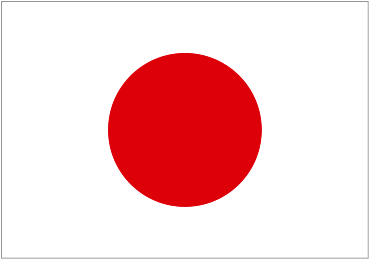 Japan - 日本 (にほん・にっぽん)
Japan - 日本 (にほん・にっぽん)
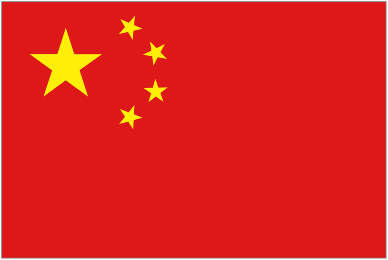 China - 中国 (ちゅうごく)
China - 中国 (ちゅうごく)
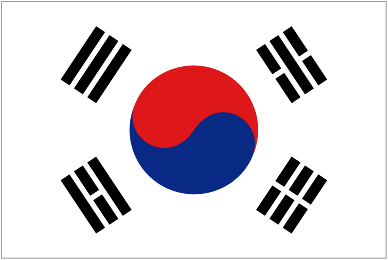 S.Korea - 韓国 (かんこく)
S.Korea - 韓国 (かんこく)
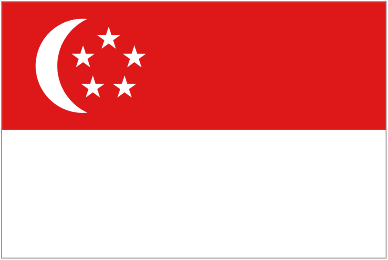 Singapore - 新嘉坡・シンガポール (しんがぽーる) Usually written in katakana
Singapore - 新嘉坡・シンガポール (しんがぽーる) Usually written in katakana
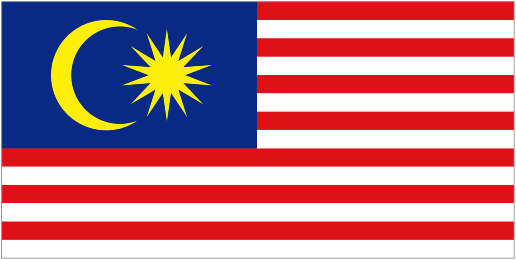 Malaysia - マレーシア (まれーしあ)
Malaysia - マレーシア (まれーしあ)
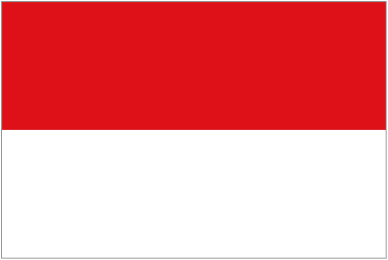 Indonesia - インドネシア (いんどねしあ)
Indonesia - インドネシア (いんどねしあ)
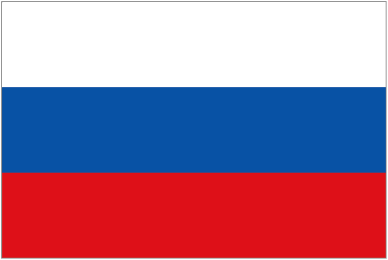 Russia - 露西亜・ロシア (ろしあ) Usually written in katakana
Russia - 露西亜・ロシア (ろしあ) Usually written in katakana
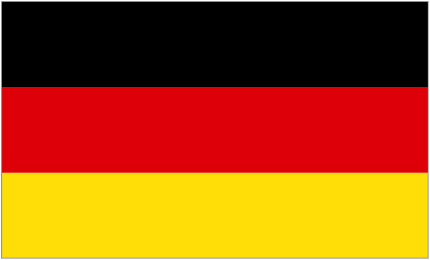 Germany - 独逸・ドイツ (どいつ) Usually written in katakana
Germany - 独逸・ドイツ (どいつ) Usually written in katakana
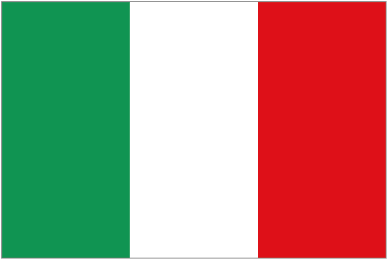 Italy - 伊太利・イタリア (いたりあ) Usually written in katakana
Italy - 伊太利・イタリア (いたりあ) Usually written in katakana
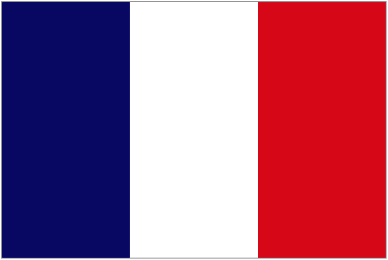 France - 仏蘭西・フランス (ふらんす) Usually written in katakana
France - 仏蘭西・フランス (ふらんす) Usually written in katakana
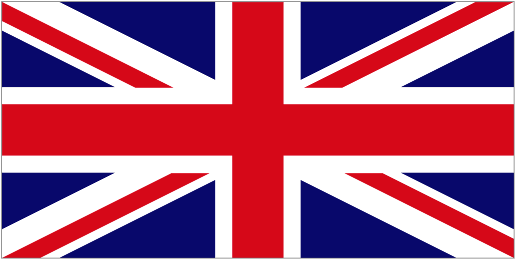 Britian - 英吉利・イギリス (いぎりす) Usually written in katakana
Britian - 英吉利・イギリス (いぎりす) Usually written in katakana
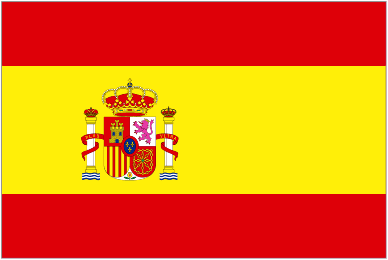 Spain - 西班牙・スペイン (すぺいん)
Usually written in katakana
Spain - 西班牙・スペイン (すぺいん)
Usually written in katakana
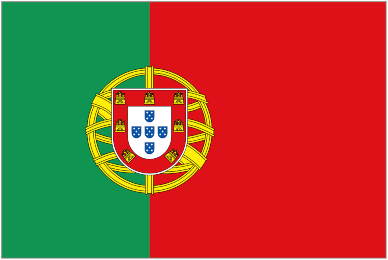 Portugal - 葡萄牙・ポルトガル (ぽるとがる) Usually written in katakana
Portugal - 葡萄牙・ポルトガル (ぽるとがる) Usually written in katakana
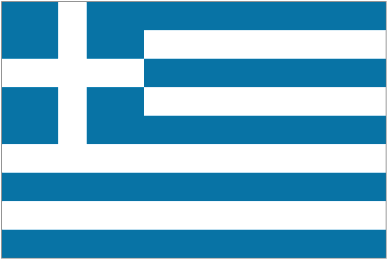 Greece - 希臘・ギリシア (ぎりしあ) Usually written in katakana
Greece - 希臘・ギリシア (ぎりしあ) Usually written in katakana
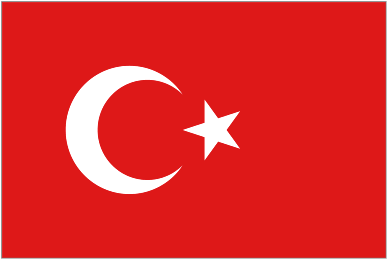 Turkey - 土耳古・トルコ (とるこ ) Usually written in katakana
Turkey - 土耳古・トルコ (とるこ ) Usually written in katakana
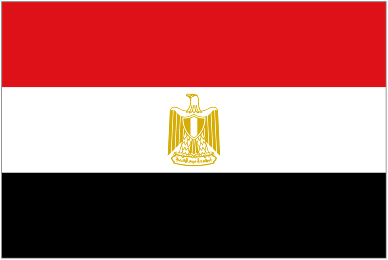 Eygpt - 埃及・エジプト (えじぷと)
Usually written in katakana
Eygpt - 埃及・エジプト (えじぷと)
Usually written in katakana
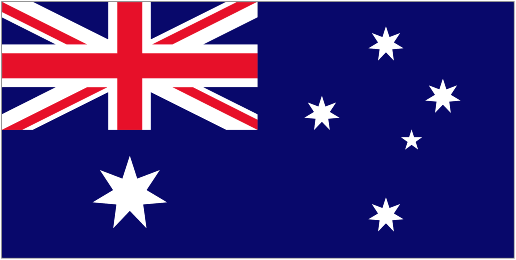 Australia - 豪太剌利・オーストラリア (おーすとらぃあ) Usually written in katakana
Australia - 豪太剌利・オーストラリア (おーすとらぃあ) Usually written in katakana
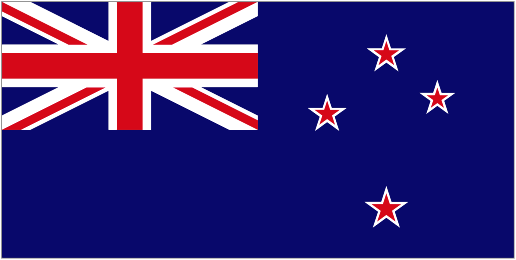 New Zealand - 新西蘭・ニュージーランド (にゅうじいらんど)
New Zealand - 新西蘭・ニュージーランド (にゅうじいらんど)
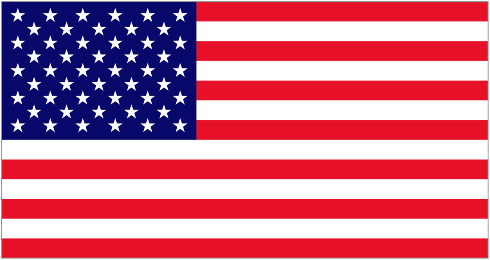 U.S.A - 米国 (べいこく)
U.S.A - 米国 (べいこく)
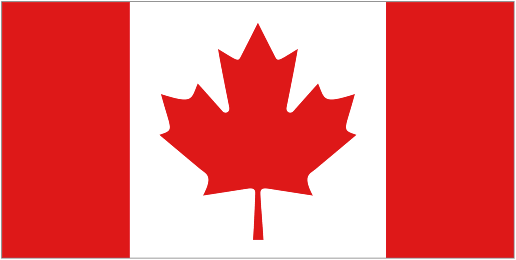 Canada - 加奈陀・カナダ (かなだ) Usually written in katakana
Canada - 加奈陀・カナダ (かなだ) Usually written in katakana
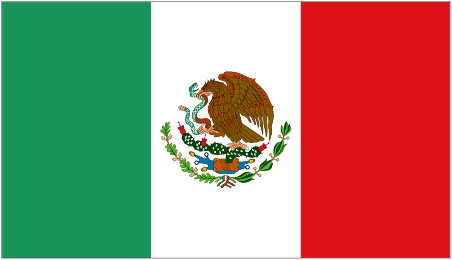 Mexico - 墨西哥・メキシコ (めきしこ) Usually written in katakana
Mexico - 墨西哥・メキシコ (めきしこ) Usually written in katakana
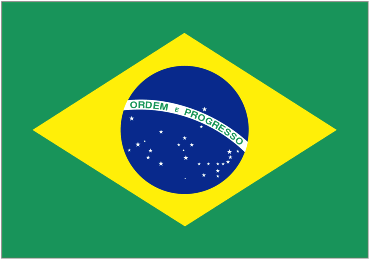 Brazil - 伯剌西爾・ブラジル (ぶらじる) Usually written in katakana
Brazil - 伯剌西爾・ブラジル (ぶらじる) Usually written in katakana
Continent List
Africa - 阿弗利加・アフリカ (あふりか) Usually written in katakana
Asia - 亜細亜・アジア (あじあ) Usually written in katakana
America - 亜米利加・アメリカ (あめりか) Usually written in katakana
Australia - 濠州 (ごうしゅう)
Europe - 欧州 (おうしゅう)
How to add Nationality to a country?
One can say their nationality by adding "人(じん)" as suffix.
For example,
I am a Singaporean.
私 は シンガポール 人 です。
わたし は しんがぽーる じん です。
Continent List
Africa - 阿弗利加・アフリカ (あふりか) Usually written in katakana
Asia - 亜細亜・アジア (あじあ) Usually written in katakana
America - 亜米利加・アメリカ (あめりか) Usually written in katakana
Australia - 濠州 (ごうしゅう)
Europe - 欧州 (おうしゅう)
How to add Nationality to a country?
One can say their nationality by adding "人(じん)" as suffix.
For example,
I am a Singaporean.
私 は シンガポール 人 です。
わたし は しんがぽーる じん です。
Friday, June 8, 2012
Documentary Video on Samurai Sword (Eng)
Part 1
The rest of the links are as of follows:
Part 2 : http://youtu.be/pT2gUgHfmtc
Part 3
: http://youtu.be/5pJfC_HNFdY
Part 4
: http://youtu.be/s4yaQDwxoaE
Part 5
: http://youtu.be/m-PgkNst5qY
See how the Samurai Swords of Japan are being made as well!
The pride of sword and how its unique production makes Samurai sword so unique!!!
Wednesday, June 6, 2012
Question Words
Basic Question words - 6W1H
- Who:誰(だれ)
- What:何(なに・なん)*
- When: 何時(いつ)
- Where: 何処(どこ)
- Which:どの
- Why:如何して(どうして)
- How:どうやって
- なに - General use other than rule 2 and 3
- なん - When using 何 ですか with the purpose of asking 「What is this (N)?」
- なんの - When の is added, it becomes what kind
- By adding の to だれ, the question will which from who to whose in the question. Refer to Lesson 2a Possessive Noun.
Sunday, June 3, 2012
Basic Colour List
いAdj
のAdj・Noun
*For Blue or Green colour, we usually use 青い(あおい). However, there are times where green is 緑(みどり) instead.
Do you know that you can make your color into light colour by adding a prefix?
Prefixed : Light+Colour
Light - 薄 (うす)
Example: 薄紅 (うすくれない) means light red colour
What about dull/dark colour?
There's an adjective as well for dull colour - 暗い(くらい).
If you want dull red colour, all you do is
暗い(くらい) + 赤い(あかい) = 暗い赤い(くらいあかい)
- White - 白い(しろい) shiroi
- Black - 黒い(くろい) kuroi
- Red - 赤い(あかい)akai
- Blue/Green* - 青い(あおい) aoi
- Brown - 茶色い(ちゃいろい)
- Yellow - 黄色い(きいろい)
- Green - 緑(みどり)
- Pink - ピンク(ぴんく)
- Pink - 桃色(ももいろ)
- Purple - 紫(むらさき)
- Crismon Red - 紅(くれない・べに・こう)
- Orange - 橙色(だいだいいろ)
- Sliver - 銀色(ぎんいろ)
- Gold - 金色(きんいろ)
- Grey - 灰色・グレー(はいいろ・ぐれー)
Do you know that you can make your color into light colour by adding a prefix?
Prefixed : Light+Colour
Light - 薄 (うす)
Example: 薄紅 (うすくれない) means light red colour
What about dull/dark colour?
There's an adjective as well for dull colour - 暗い(くらい).
If you want dull red colour, all you do is
暗い(くらい) + 赤い(あかい) = 暗い赤い(くらいあかい)
Friday, June 1, 2012
Common Japanese symbols punctuation
読点 : とうてん Tōten
Symbol ( 、)=> Comma mark - Instead of symbol (,), Japanese language use this symbol instead.
句点 : くてん Kuten
Symbol (。) => Punctuation Mark - Instead of symbol (.), Japanese language use this symbol instead.
中黒 : なかぐろ Nakaguro
Symbol (・) => Interpunct - Used for separating Japanese words/titles/names or items to aid reading
鍵 :かぎ Kagi
Symbol (「」) => Single quotation marks
二重鉤括弧 : にじゅうかぎかっこ Nijūkagikakko
Symbol (「...『...』...」) => Double quotation marks (to be only used within single quotation marks)
感嘆符 : かんたんふ Kantanfu
Symbol (! ) => Exclamation Mark - However, interesting enough, exclamation mark isn't common used in formal sentences as one thinks. They are usually used in casual writing, fiction and manga.
疑問符 : ぎもんふ Gimonfu or commonly known はてな Hatena
Symbol (?) => Question Mark - Another symbol that is not commonly used in formal sentences but commonly used in casual writing, fiction and manga.
濁点 : だくてん Dakuten or commonly known as てんてん tenten
Symbol (゛) => Used with both hiragana and katakana to indicate a voiced sound. For example, ta (た) becomes da (だ), shi (し) becomes ji (じ). For full list of dakuten wordings, please refer to hiragana and katakana list
半濁点 : はんだくてん Handakuten or commonly known as ○・丸 maru
Symbol (゜) => Used with hiragana and katakana to indicate a change from a ha hi fu he ho sound to a pa pi pu pe po sound.
同の字点 : どうのじてん Dō no jiten or commonly known ノマ Noma
Symbol (々) => Kanji repetition mark.
郵便 : ゆうびんYuubin
Symbol (〒) => Postal sign used in Japan
Extracted from:
http://en.wikipedia.org/wiki/Japanese_typographic_symbols
http://en.wikipedia.org/wiki/Japanese_punctuation
Symbol ( 、)=> Comma mark - Instead of symbol (,), Japanese language use this symbol instead.
句点 : くてん Kuten
Symbol (。) => Punctuation Mark - Instead of symbol (.), Japanese language use this symbol instead.
中黒 : なかぐろ Nakaguro
Symbol (・) => Interpunct - Used for separating Japanese words/titles/names or items to aid reading
鍵 :かぎ Kagi
Symbol (「」) => Single quotation marks
二重鉤括弧 : にじゅうかぎかっこ Nijūkagikakko
Symbol (「...『...』...」) => Double quotation marks (to be only used within single quotation marks)
感嘆符 : かんたんふ Kantanfu
Symbol (! ) => Exclamation Mark - However, interesting enough, exclamation mark isn't common used in formal sentences as one thinks. They are usually used in casual writing, fiction and manga.
疑問符 : ぎもんふ Gimonfu or commonly known はてな Hatena
Symbol (?) => Question Mark - Another symbol that is not commonly used in formal sentences but commonly used in casual writing, fiction and manga.
濁点 : だくてん Dakuten or commonly known as てんてん tenten
Symbol (゛) => Used with both hiragana and katakana to indicate a voiced sound. For example, ta (た) becomes da (だ), shi (し) becomes ji (じ). For full list of dakuten wordings, please refer to hiragana and katakana list
半濁点 : はんだくてん Handakuten or commonly known as ○・丸 maru
Symbol (゜) => Used with hiragana and katakana to indicate a change from a ha hi fu he ho sound to a pa pi pu pe po sound.
同の字点 : どうのじてん Dō no jiten or commonly known ノマ Noma
Symbol (々) => Kanji repetition mark.
郵便 : ゆうびんYuubin
Symbol (〒) => Postal sign used in Japan
Extracted from:
http://en.wikipedia.org/wiki/Japanese_typographic_symbols
http://en.wikipedia.org/wiki/Japanese_punctuation
Subscribe to:
Posts (Atom)




